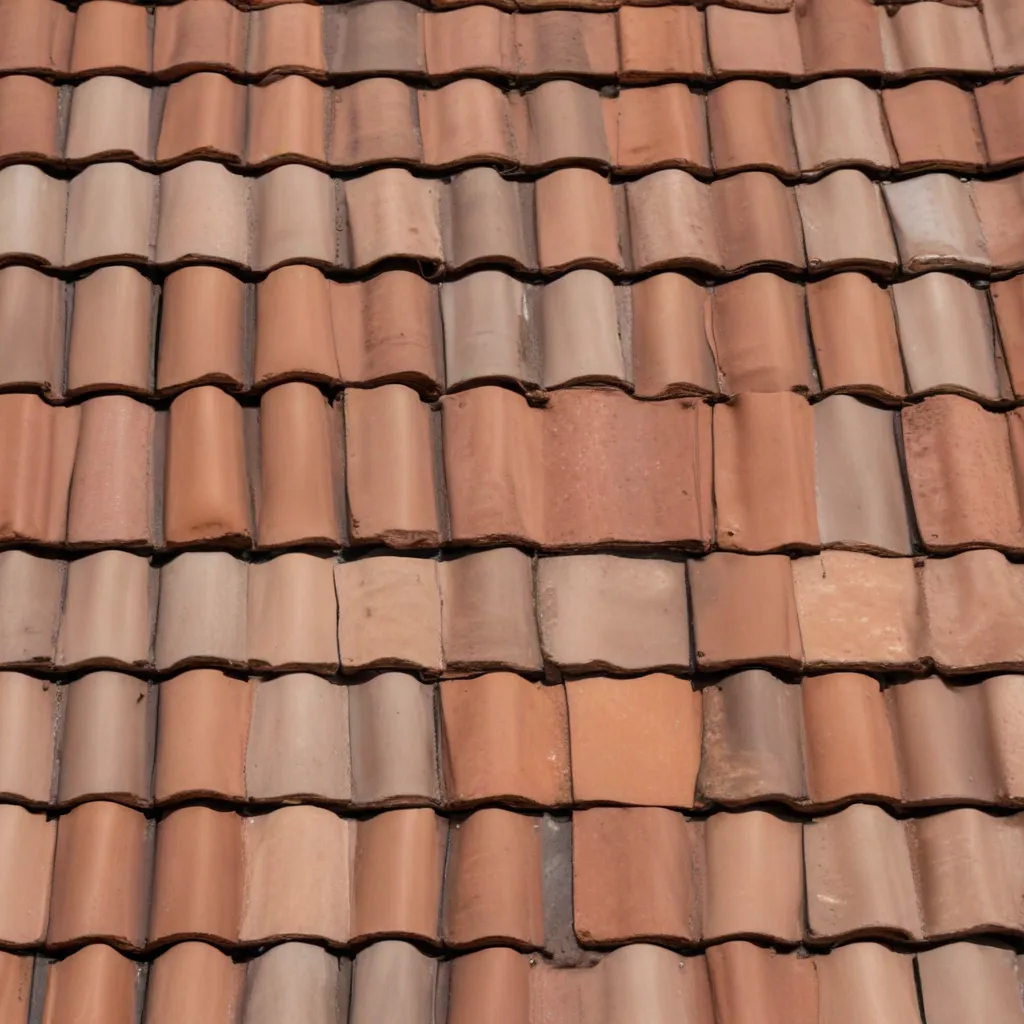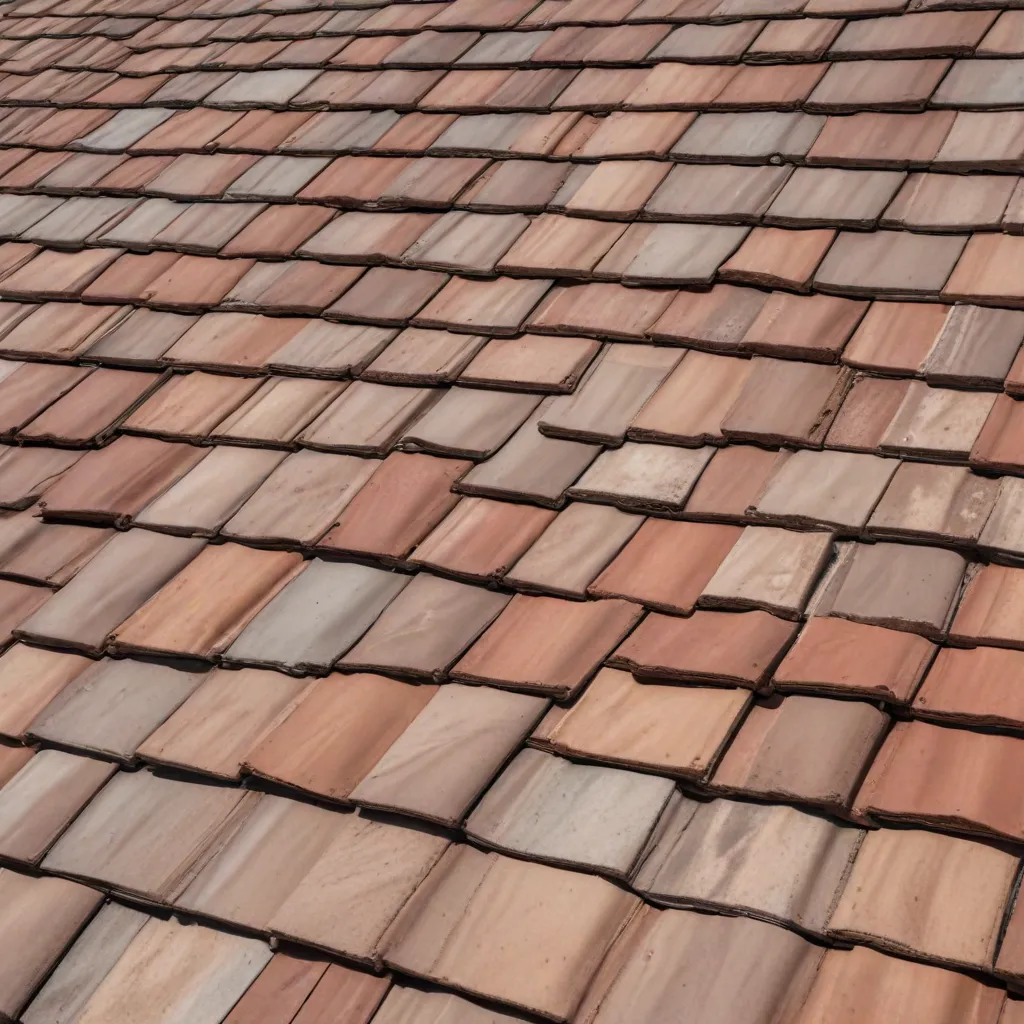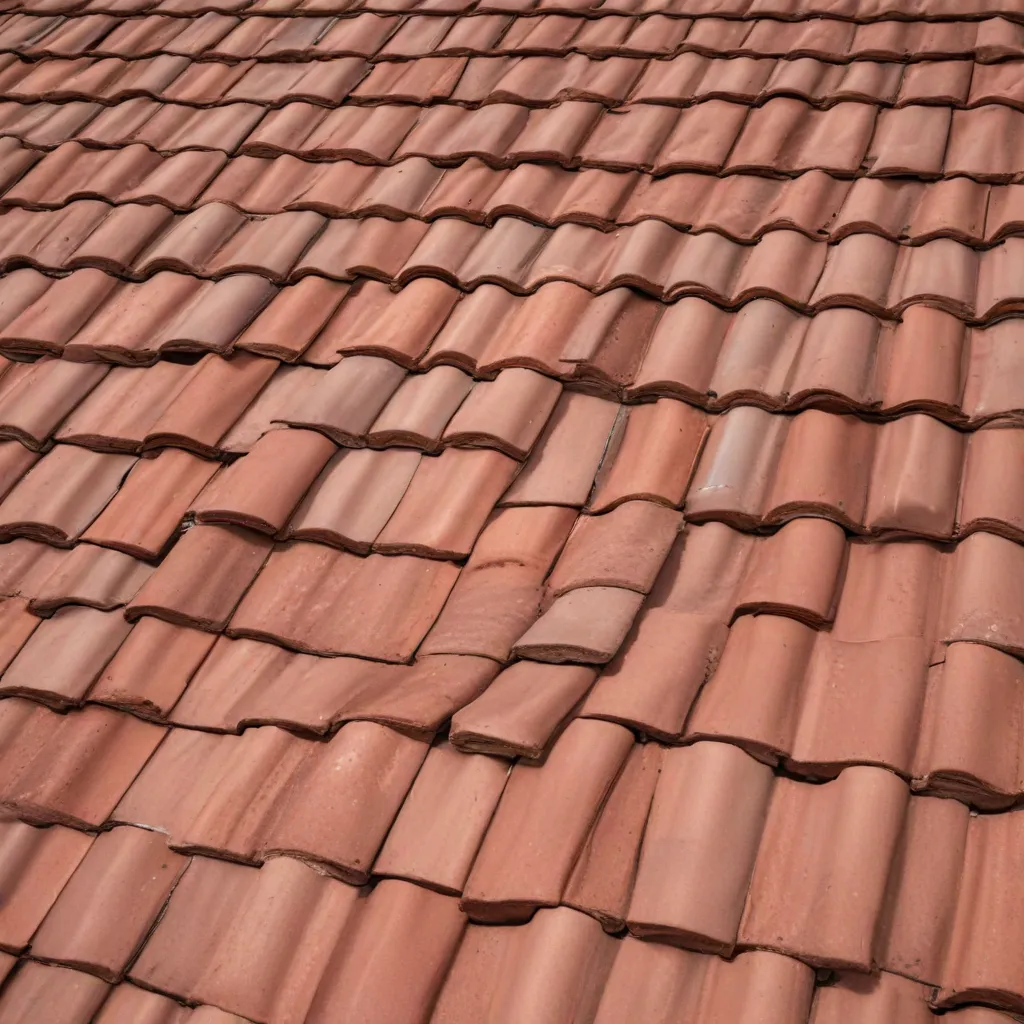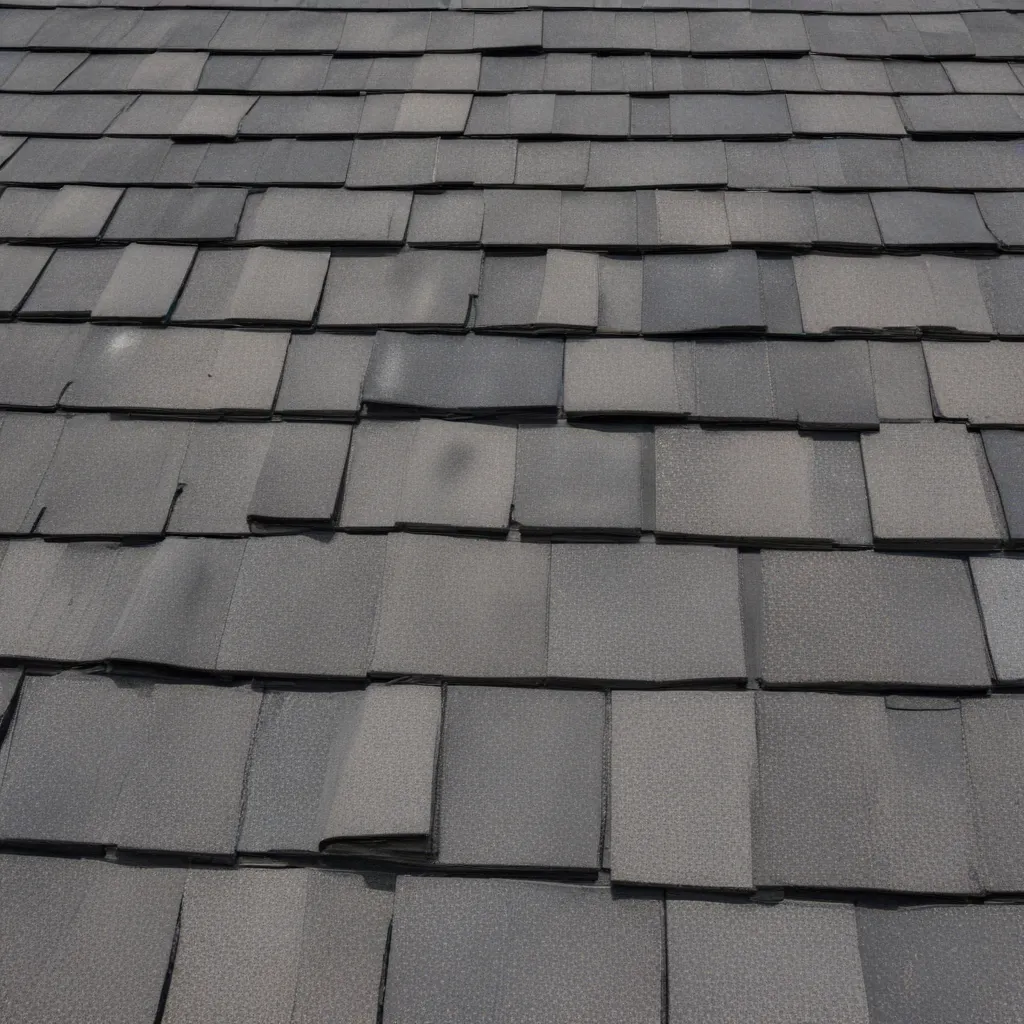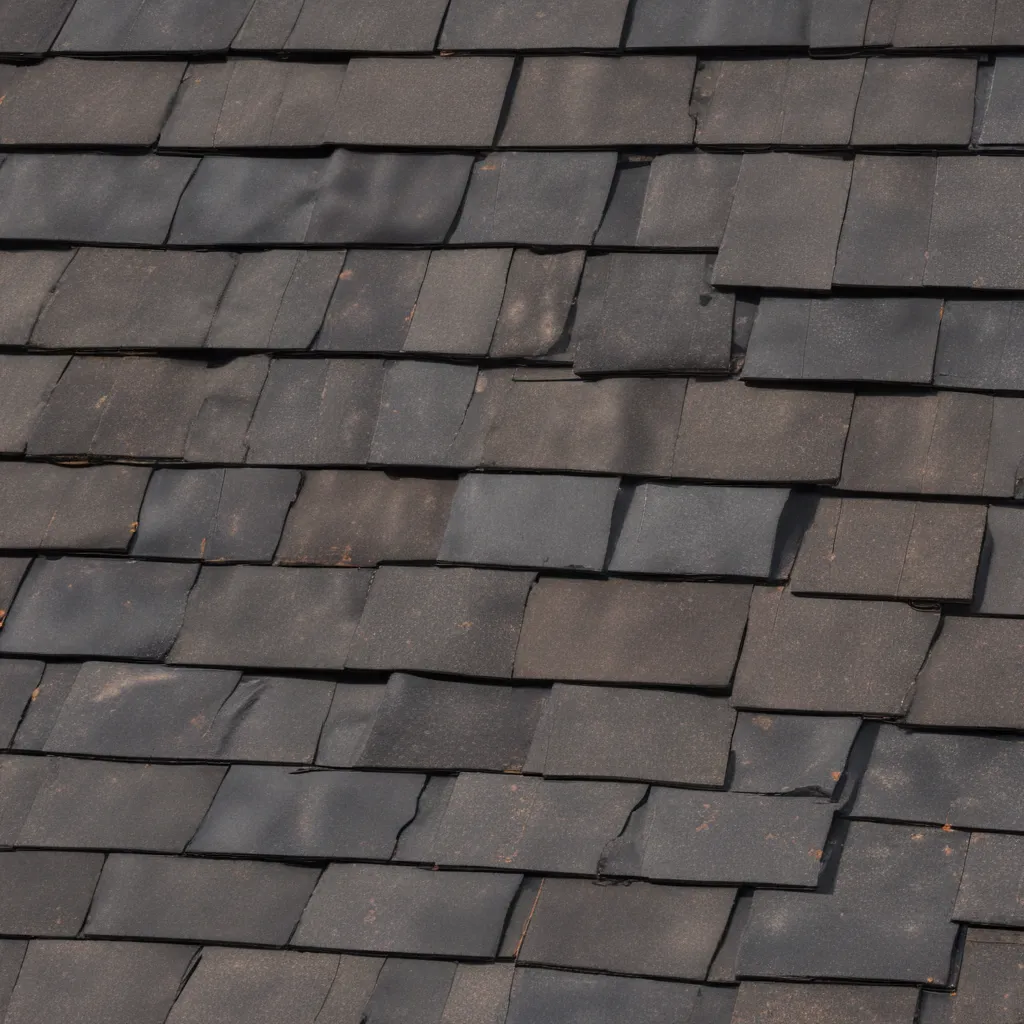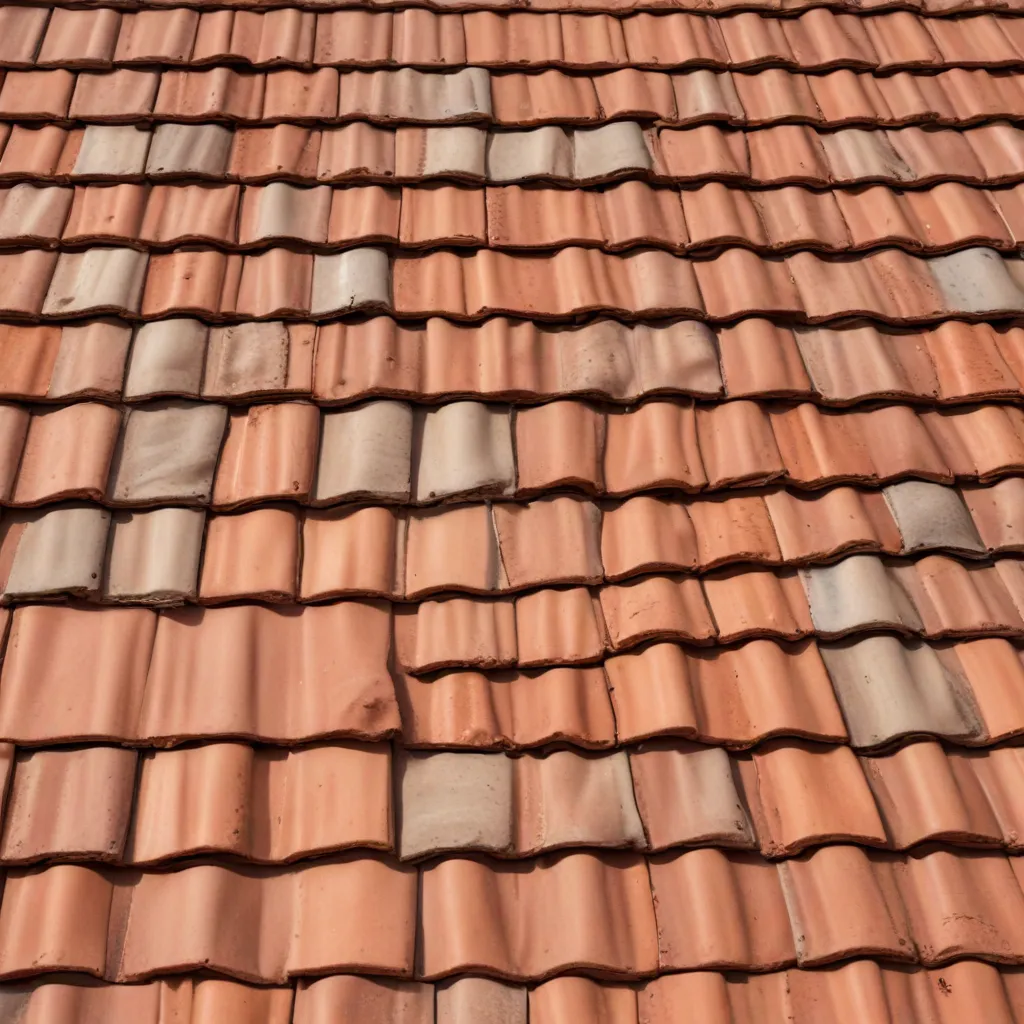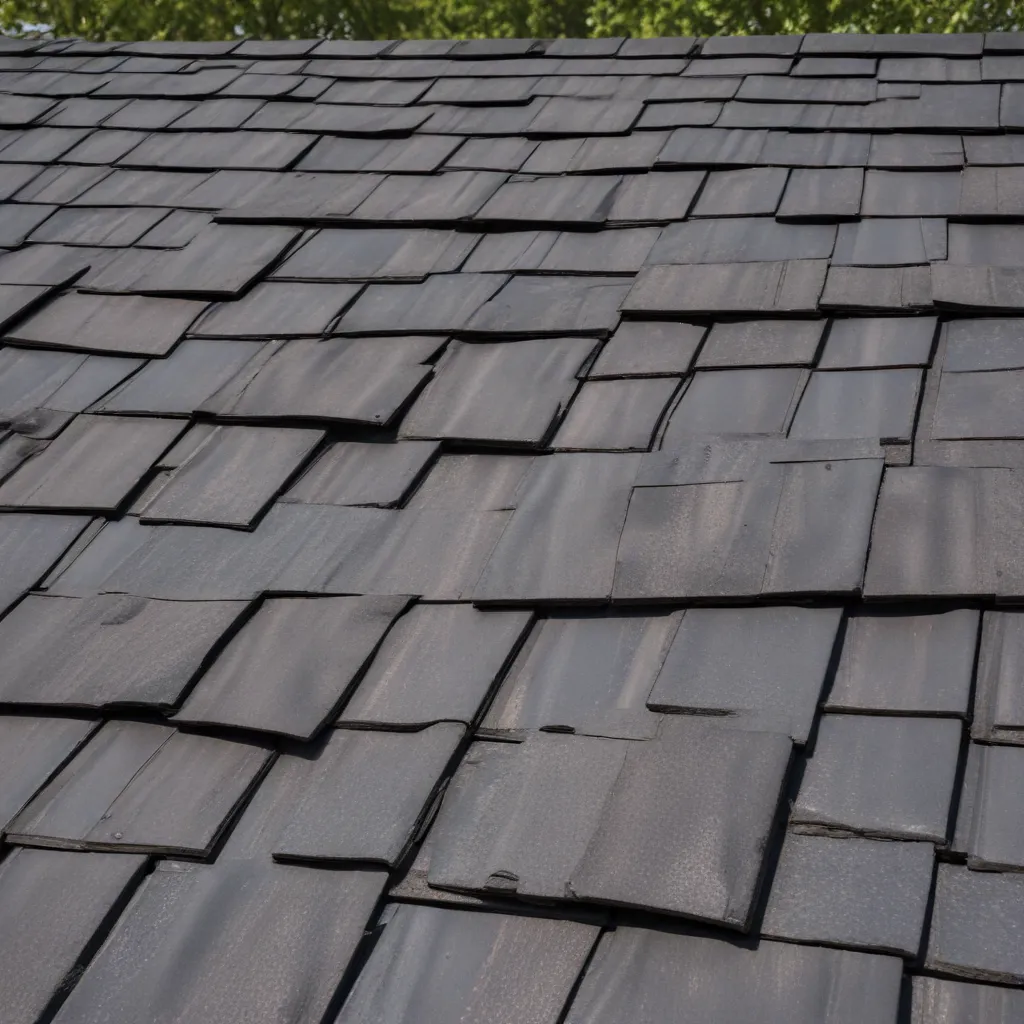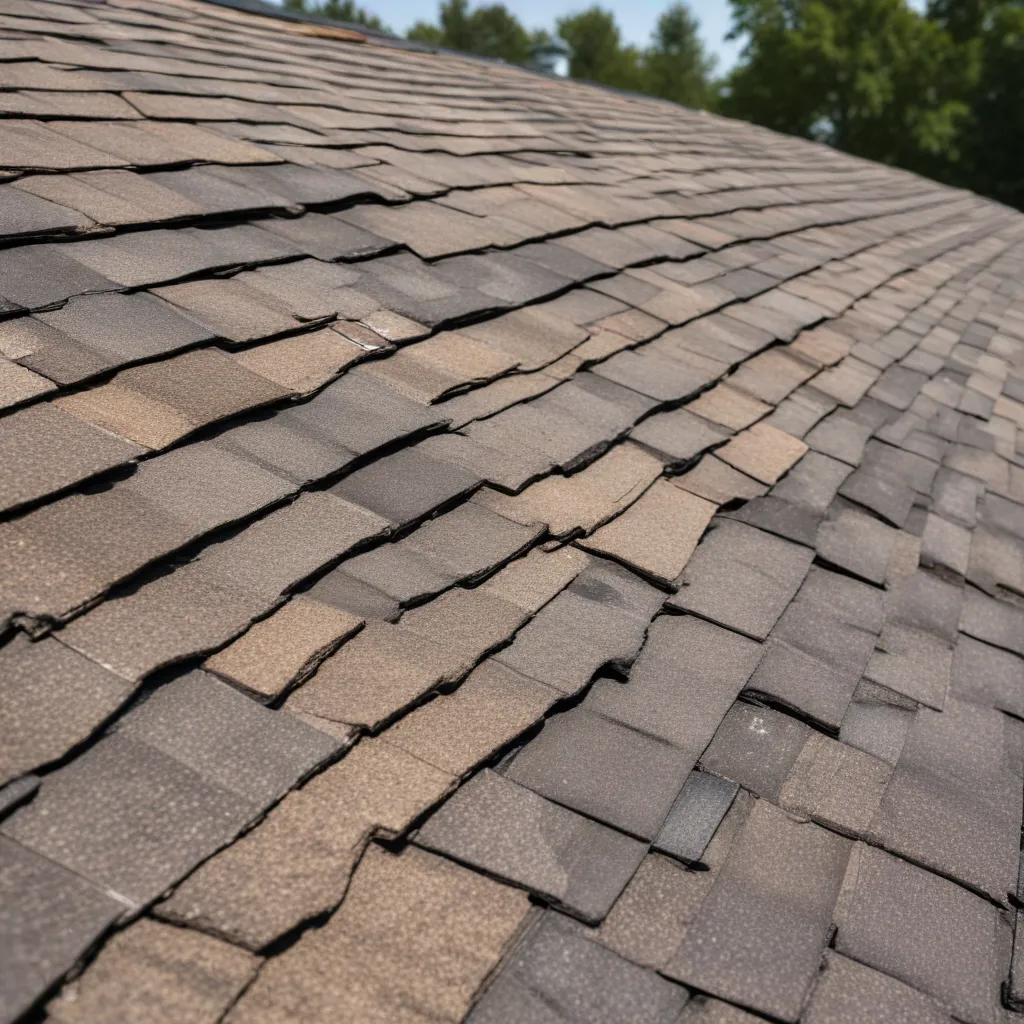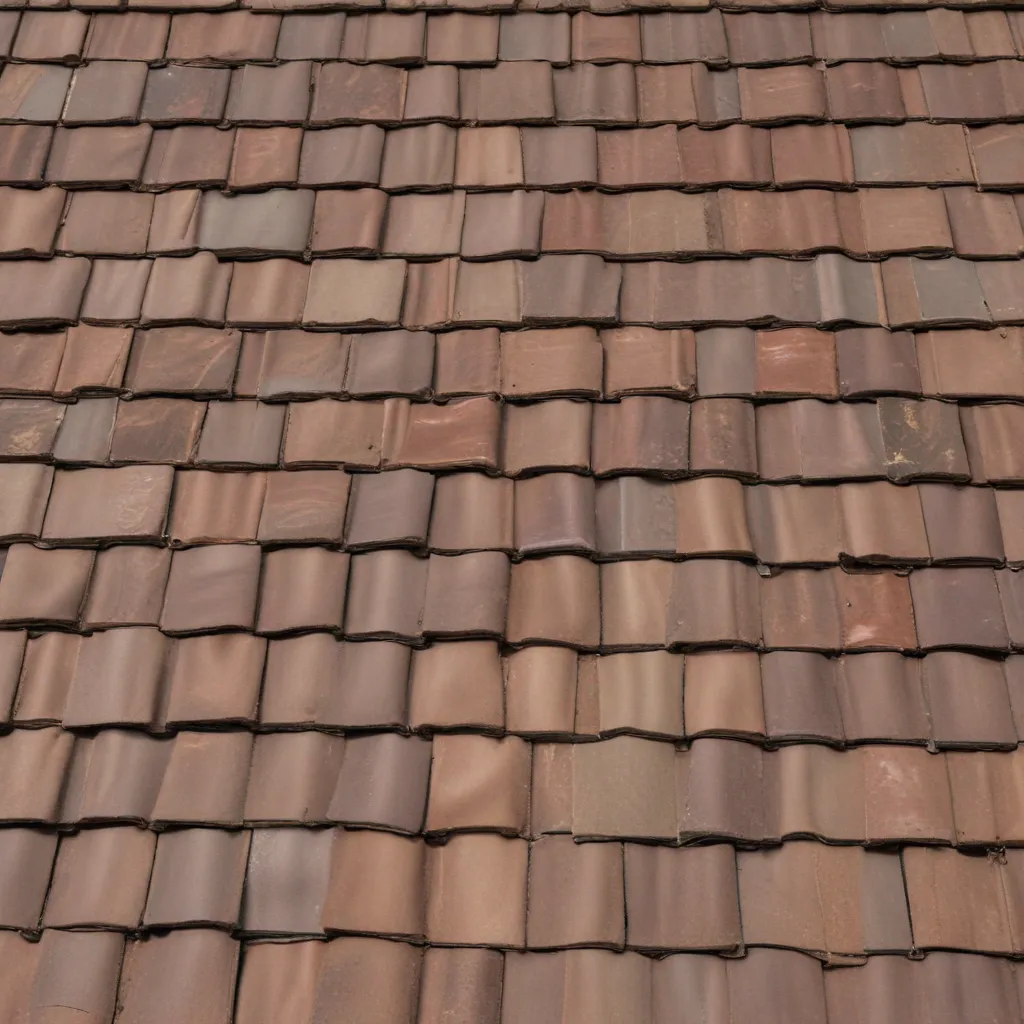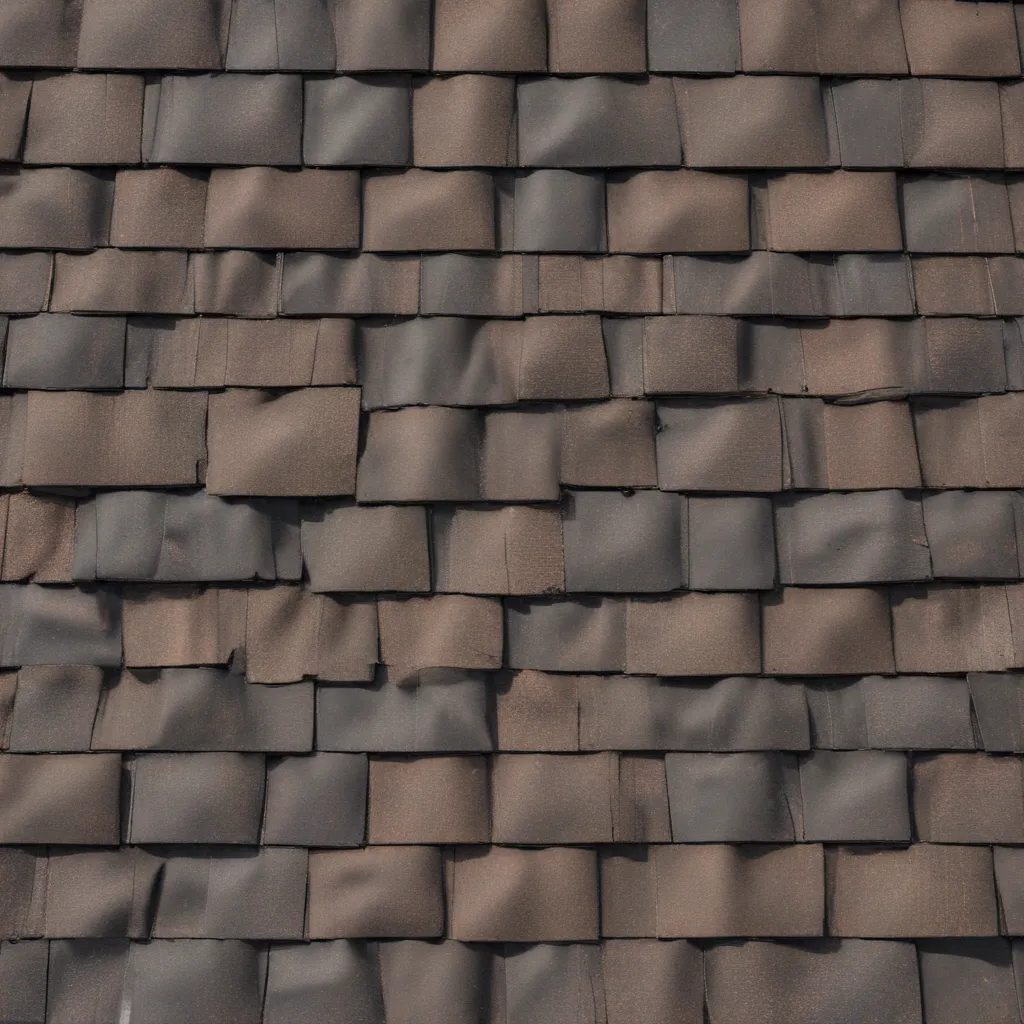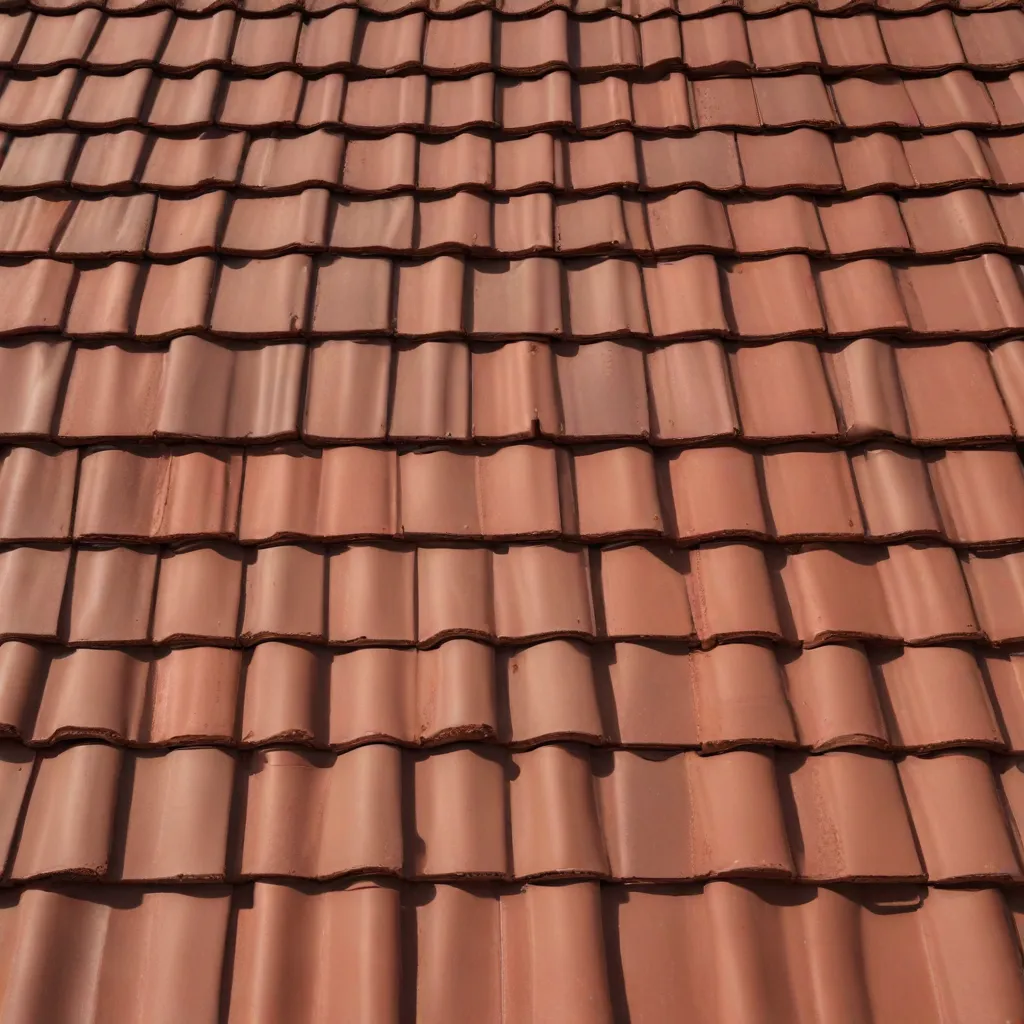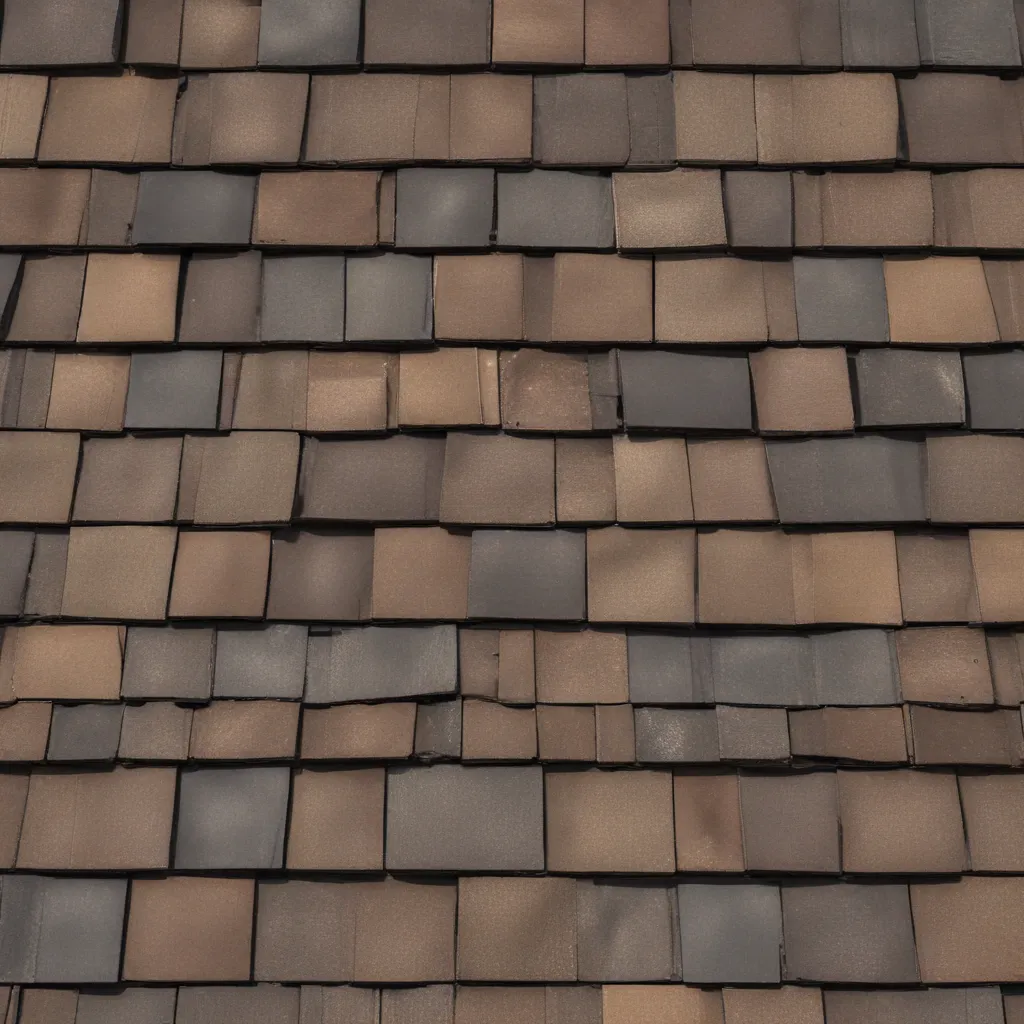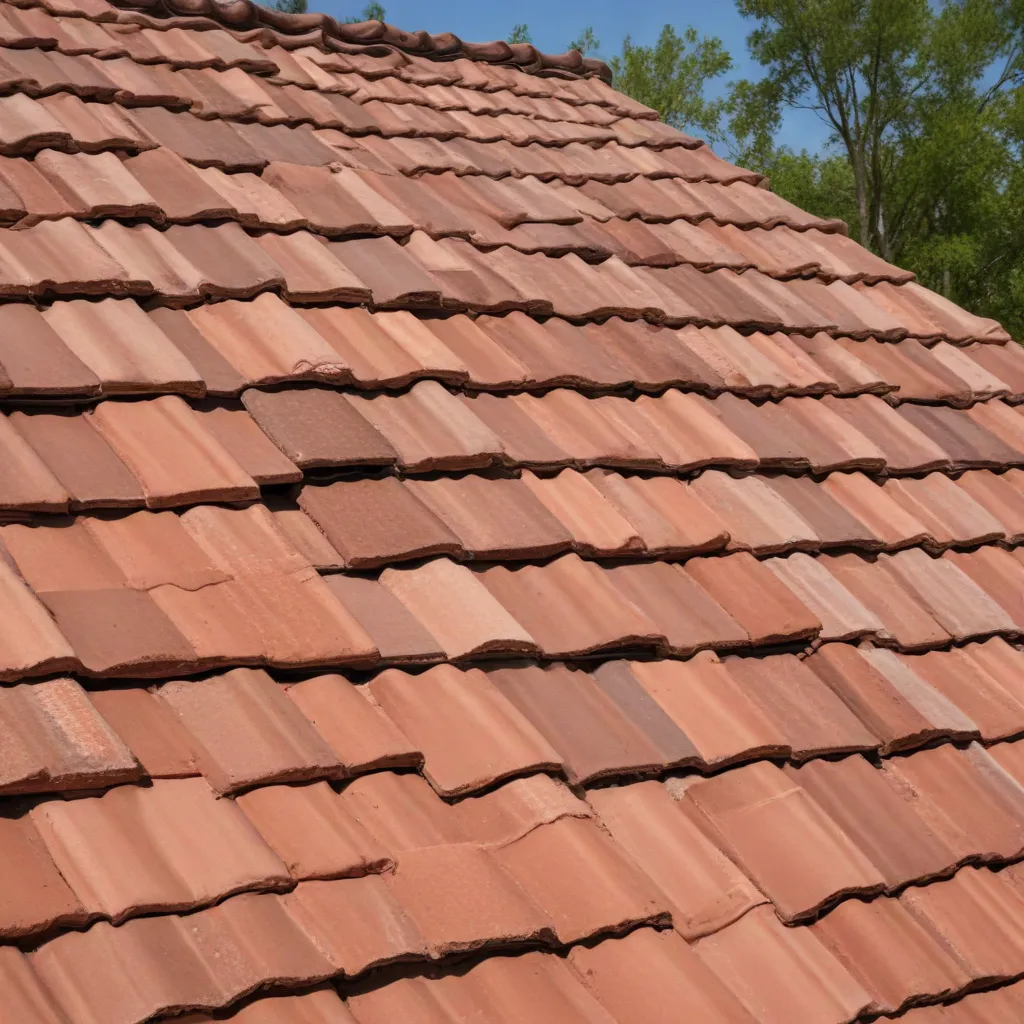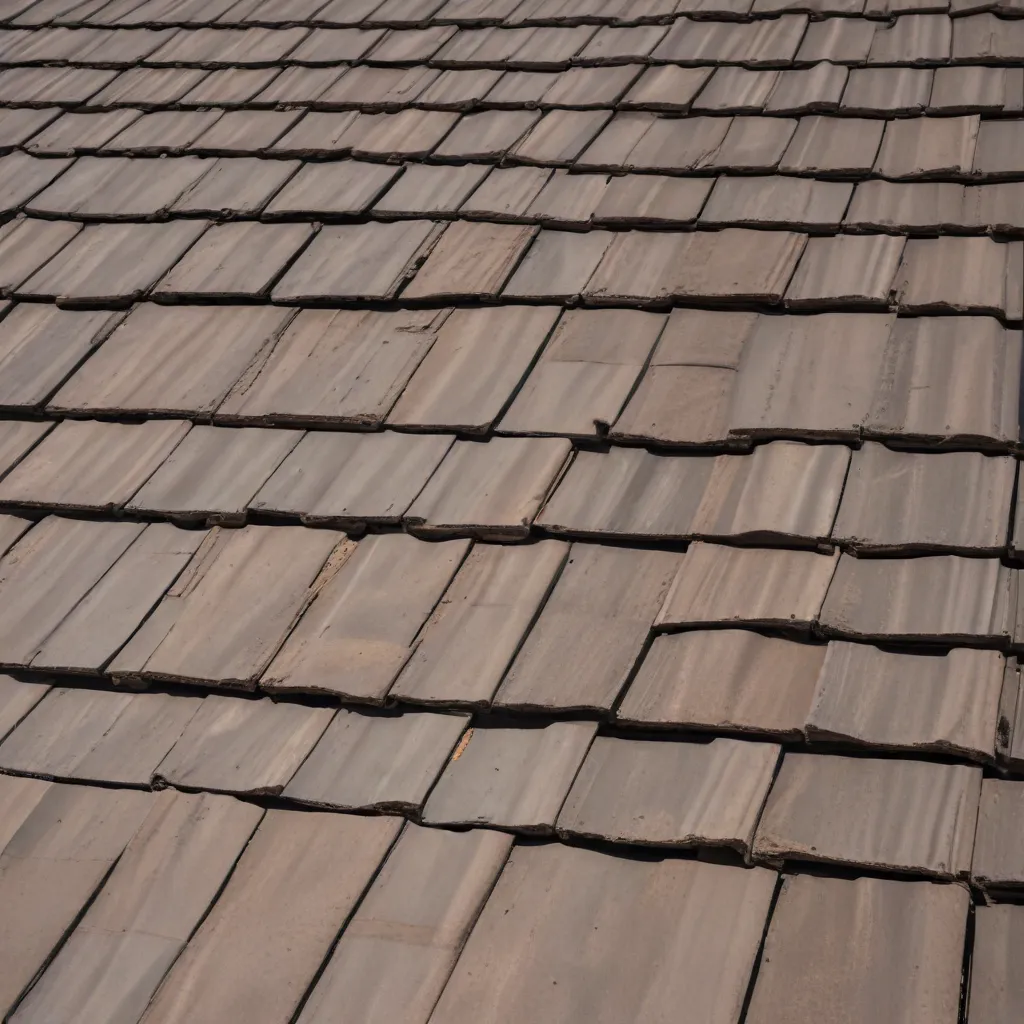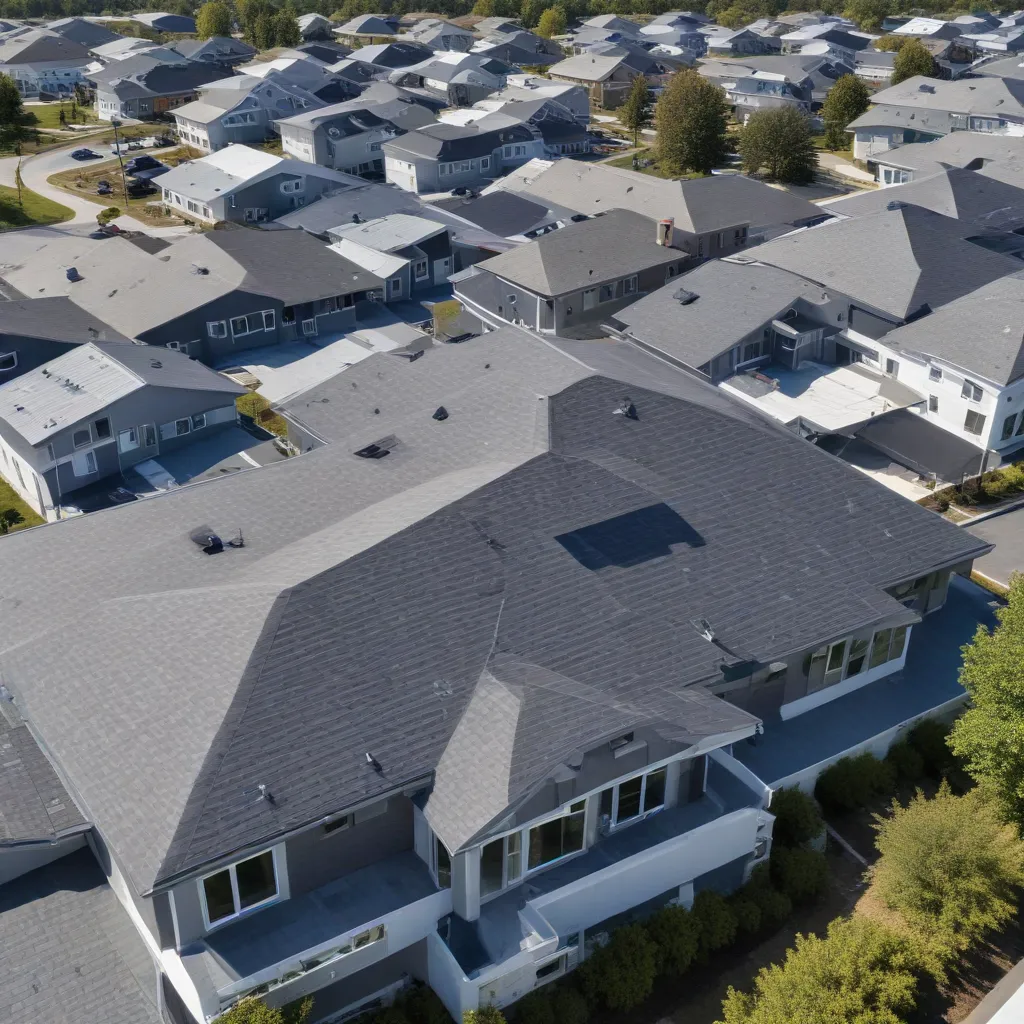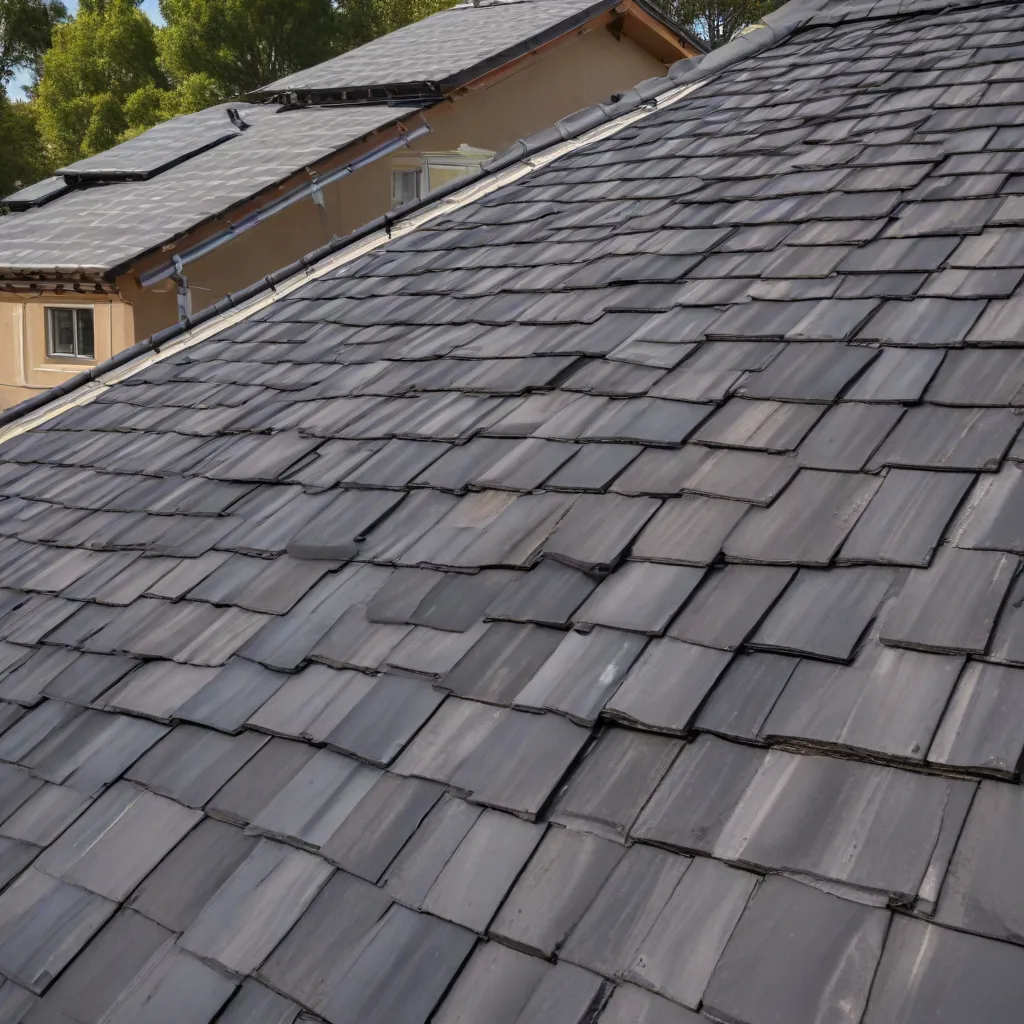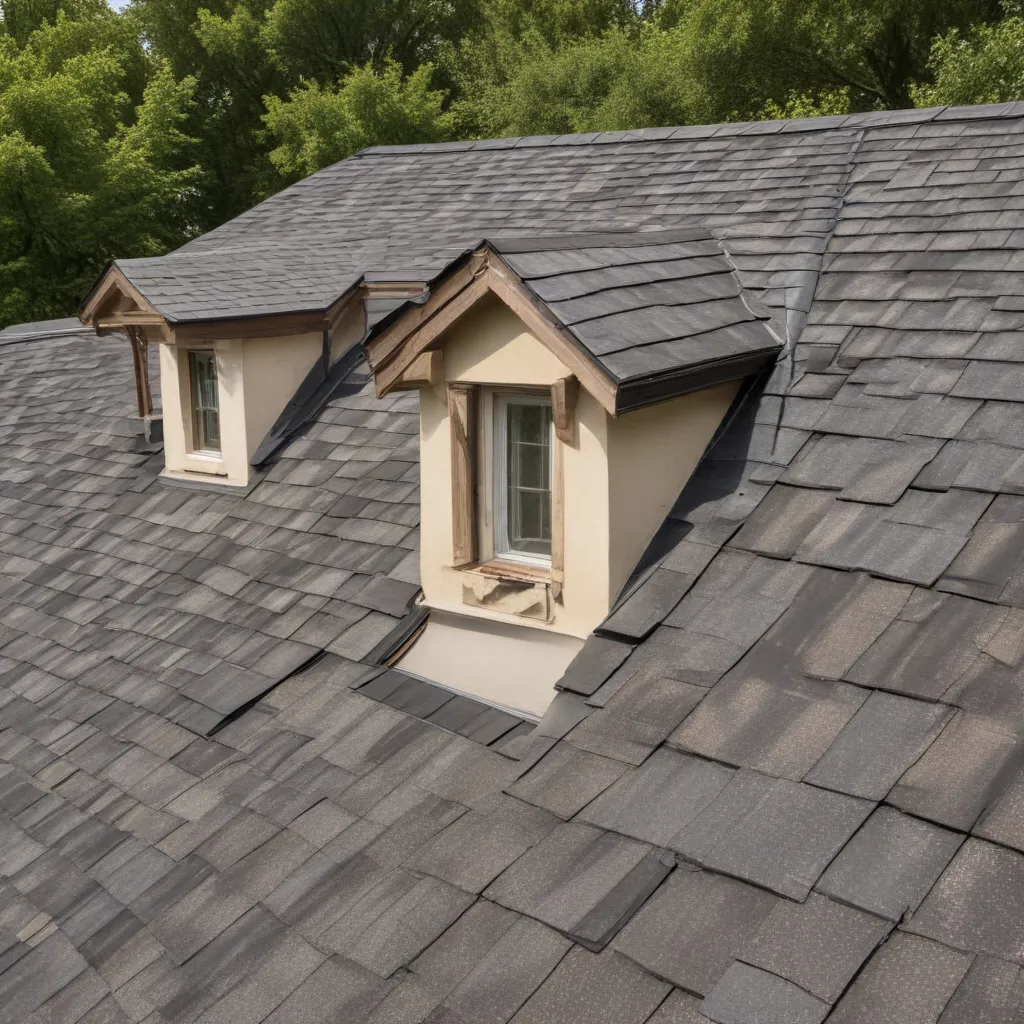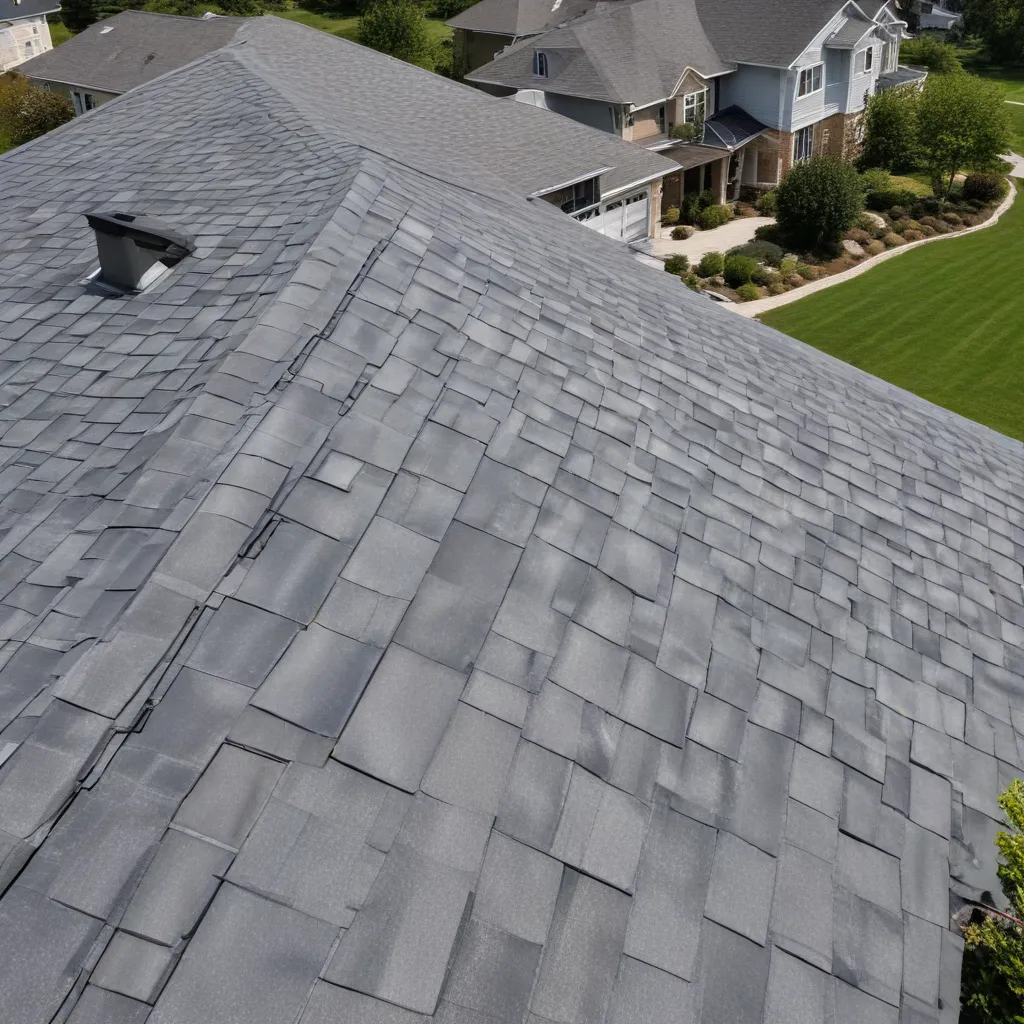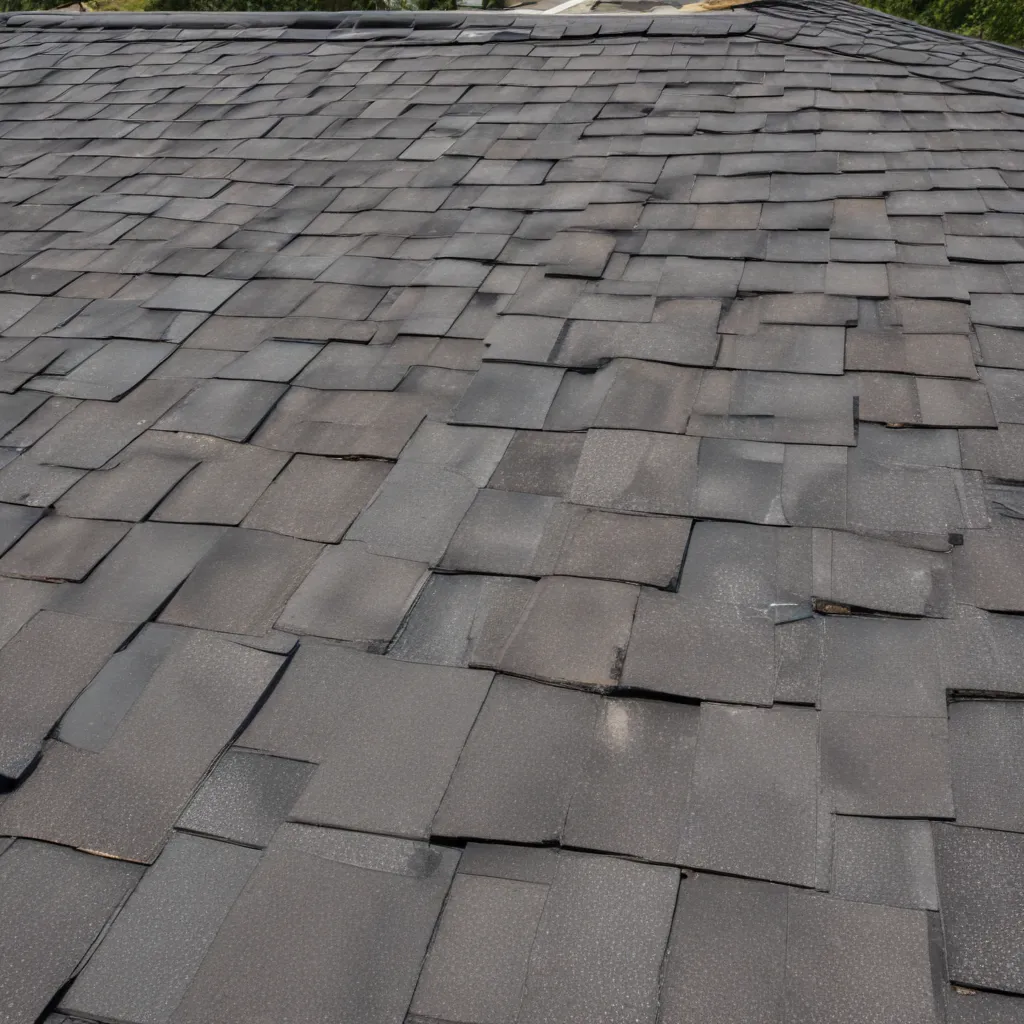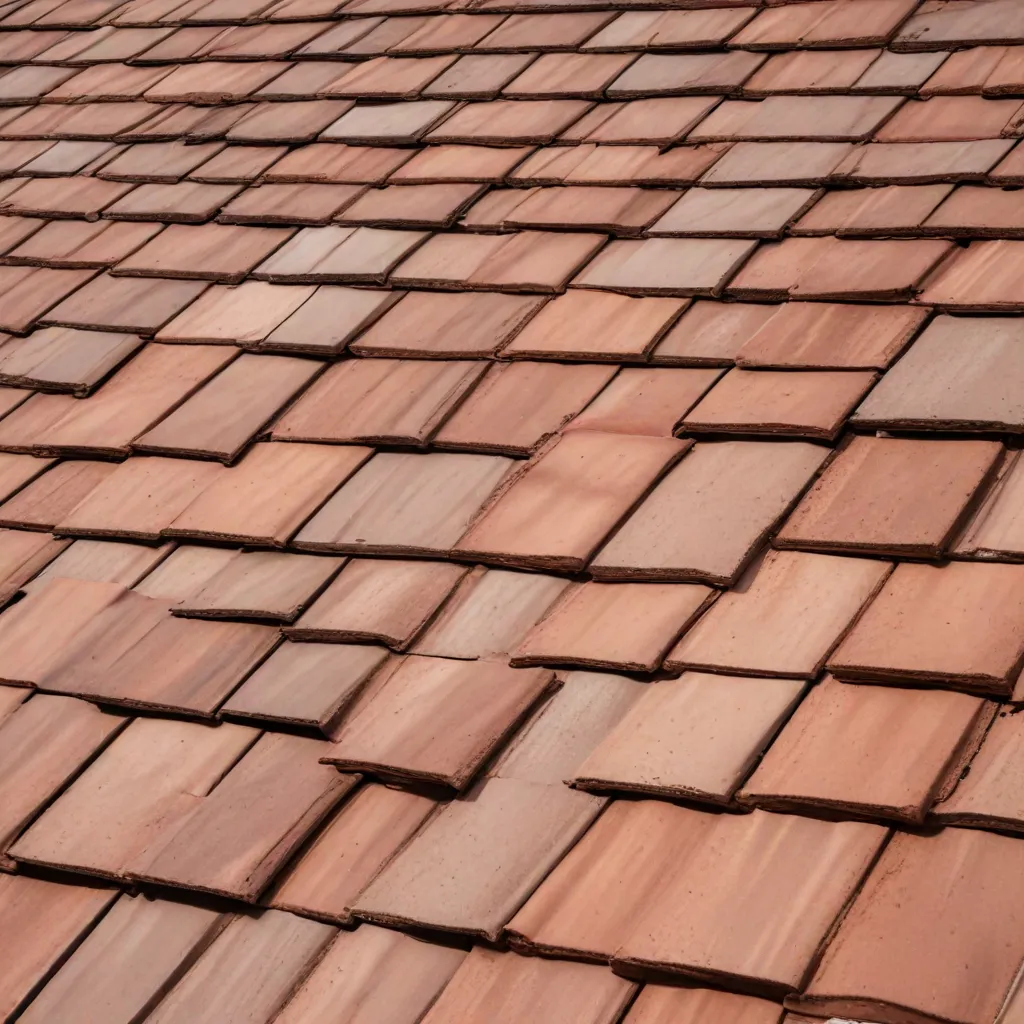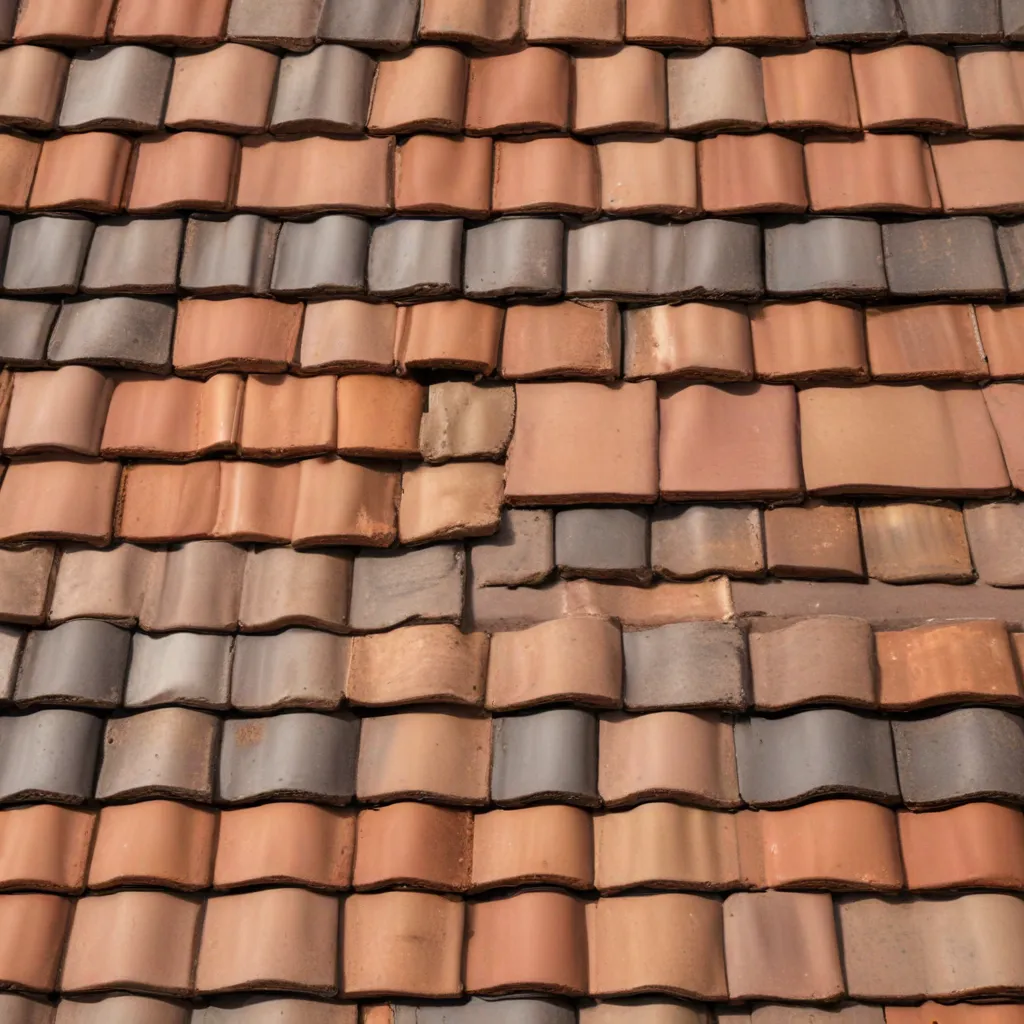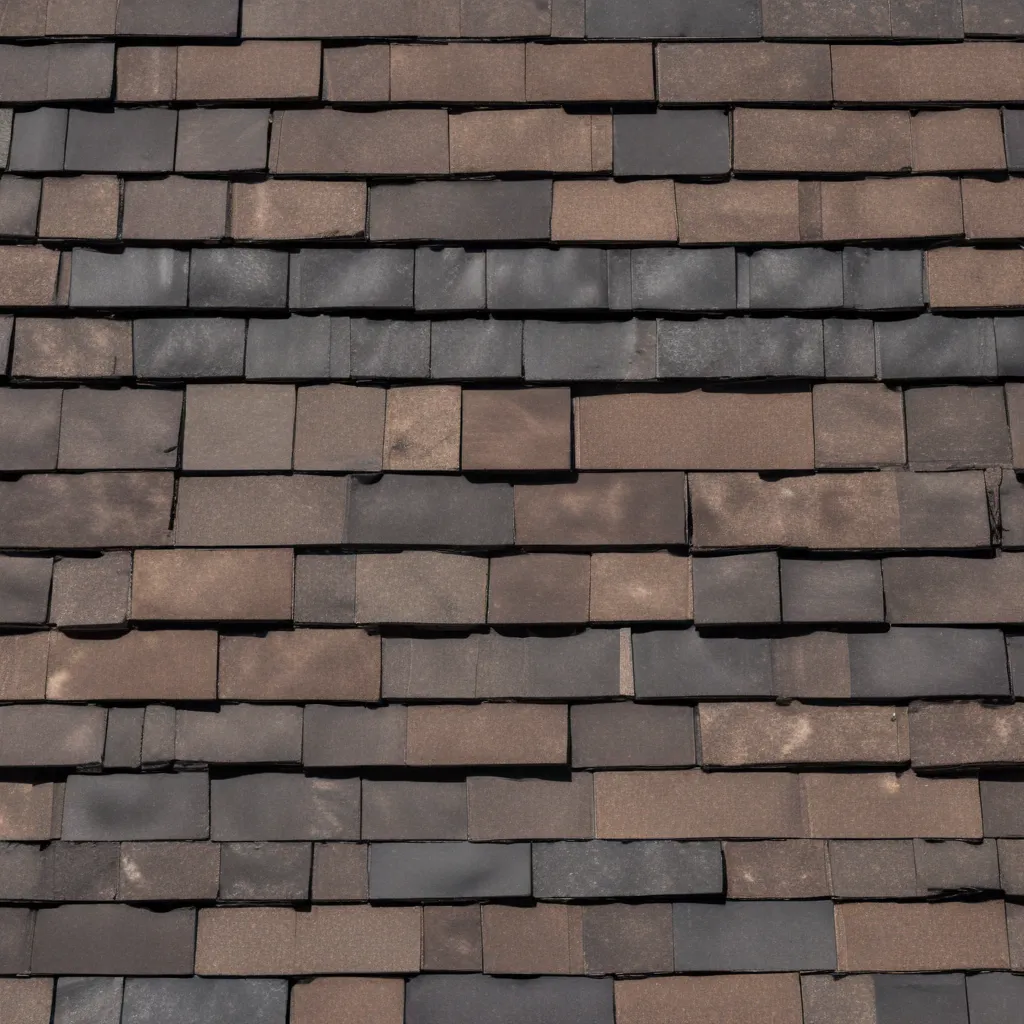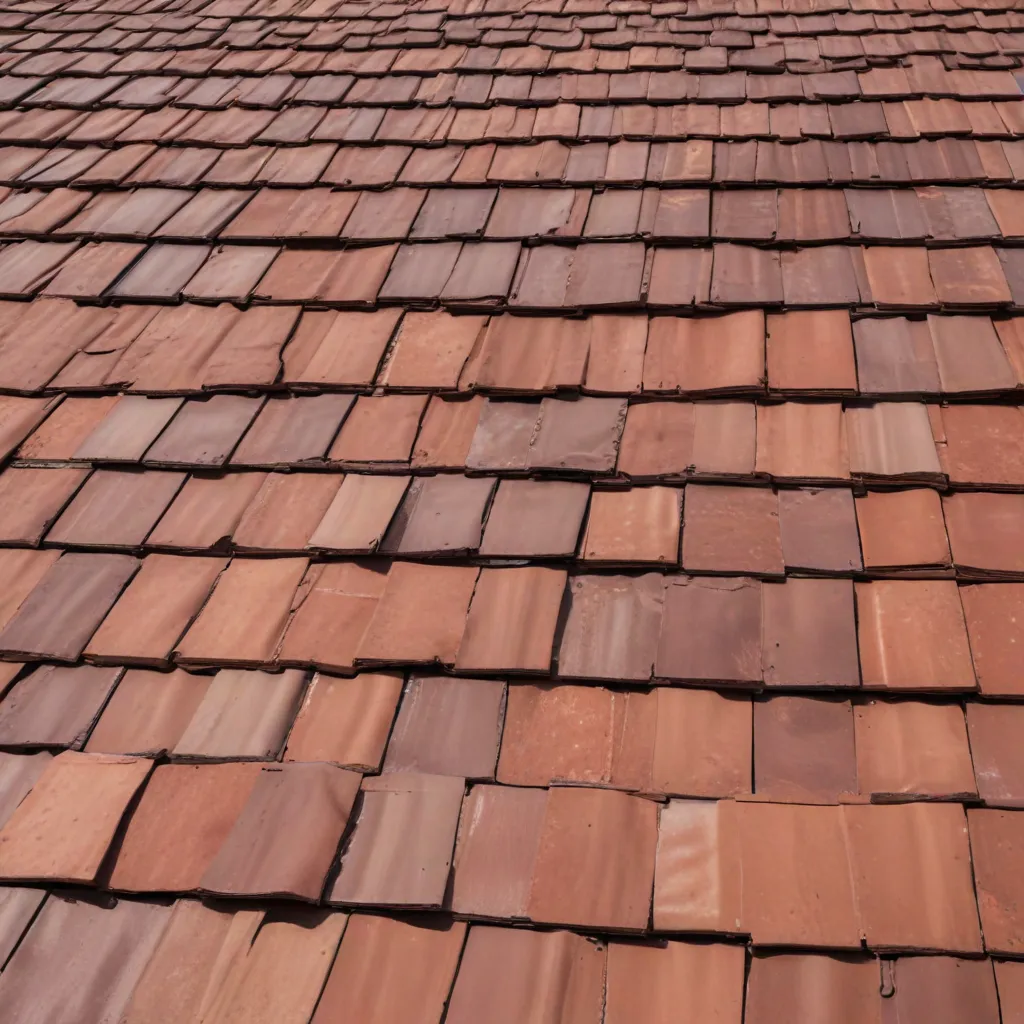Welcome to our comprehensive guide on weatherproofing your roof to protect your home during storms. As experts in the field, we understand the importance of a sturdy and well-maintained roof when it comes to safeguarding your property and loved ones. In this article, we will discuss the essential precautions you need to take to ensure your roof can withstand the harshest weather conditions. By following these guidelines, you can stay ahead of the storm and minimize potential damage to your home.
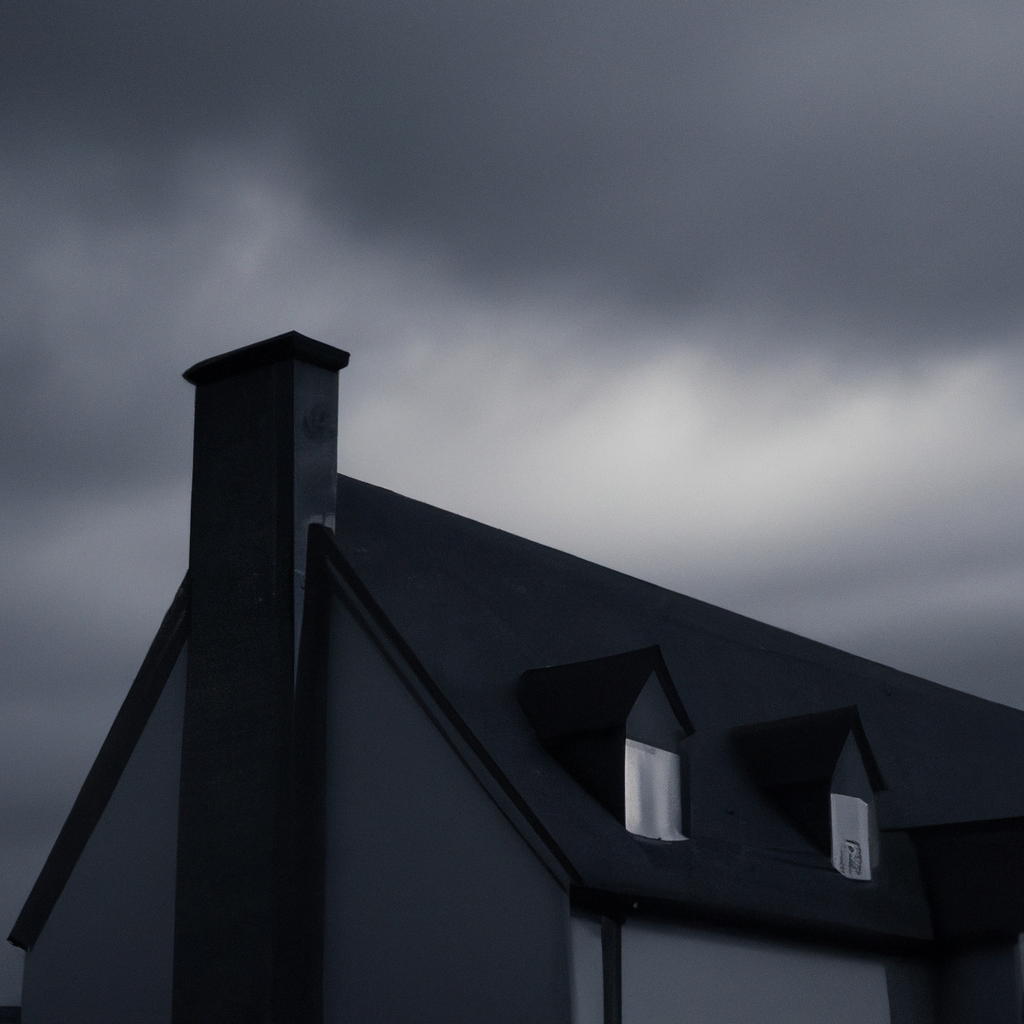
Understanding the Importance of Weatherproofing
Your roof is your home’s first line of defense against the elements, including heavy rain, strong winds, snow, and hail. Weatherproofing your roof not only protects your property but also enhances its overall structural integrity. By taking proactive measures, you can prevent leaks, moisture damage, mold growth, and costly repairs in the long run. Let’s dive into the essential precautions you should consider for effective weatherproofing.
1. Regular Roof Inspections
Regular roof inspections are crucial for identifying potential issues early on. We recommend scheduling professional inspections at least once a year, preferably before the storm season begins. During these inspections, experts can detect signs of damage, such as loose or missing shingles, deteriorated flashing, or cracked tiles. By promptly addressing these issues, you can prevent further damage and ensure your roof is ready to withstand any upcoming storms.
2. Proper Roof Ventilation
Proper roof ventilation plays a significant role in maintaining a healthy and weatherproof roofing system. It helps regulate temperature, prevent moisture buildup, and extend the lifespan of your roof. Without adequate ventilation, heat and moisture can accumulate, leading to premature deterioration and potential leaks. Consult with a roofing professional to assess your ventilation system and make necessary adjustments to ensure optimal airflow.
3. High-Quality Roofing Materials
Investing in high-quality roofing materials is essential for long-term weatherproofing. Opt for durable materials that can withstand extreme weather conditions, such as asphalt shingles, metal roofing, or clay tiles. These materials offer superior strength and resistance against wind, hail, and heavy precipitation. Additionally, ensure proper installation by hiring experienced professionals who follow manufacturer guidelines to maximize the effectiveness of your chosen roofing materials.
4. Reinforce Vulnerable Areas
Certain areas of your roof are more prone to damage during storms. To reinforce these vulnerable areas, consider taking the following precautions:
a. Secure Loose Shingles or Tiles
Inspect your roof for any loose or damaged shingles or tiles. Secure them or replace them if necessary. Loose roofing materials can be easily lifted by strong winds, leading to leaks and further damage.
b. Reinforce Flashing
Flashing is crucial for preventing water infiltration around chimneys, vents, and skylights. Ensure that flashing is properly installed and free from any damage. If needed, replace or reinforce it to maintain a watertight seal.
c. Clear Debris from Gutters and Downspouts
Clogged gutters and downspouts can obstruct proper water drainage, leading to water backup on your roof. Regularly clean and clear debris from these areas to prevent water from seeping under your roof’s protective layers.
5. Regular Roof Maintenance
Regular roof maintenance is key to keeping your roof in optimal condition. Here are some maintenance tasks you should perform:
a. Clean Your Roof
Remove debris, leaves, and branches from your roof regularly. Debris accumulation can trap moisture and cause damage to your roof over time.
b. Trim Overhanging Branches
Overhanging tree branches can scrape against your roof during storms, causing damage to shingles and tiles. Trim branches that are in close proximity to your roof to minimize this risk.
c. Check for Signs of Water Damage
Inspect your ceilings and walls for any signs of water damage, such as stains or discoloration. These signs may indicate a leak in your roof, which should be addressed promptly.
6. Additional Precautions for Extreme Weather
In regions prone to severe weather conditions, additional precautions may be necessary:
a. Install Storm Shutters
Storm shutters provide an extra layer of protection for your windows during hurricanes or high winds. Consider installing storm shutters to safeguard your home against potential damage from flying debris.
b. Reinforce Garage Doors
Garage doors are vulnerable to strong winds and can fail under extreme pressure. Reinforce your garage doors with bracing kits or consider installing wind-resistant doors to prevent structural damage.
c. Invest in a Lightning Protection System
Lightning strikes can cause significant damage to your roof and electrical systems. Installing a lightning protection system can help divert lightning strikes, minimizing the risk of fire and damage to your home.
Conclusion
By following these essential precautions for weatherproofing your roof, you can ensure the safety and longevity of your home. Regular inspections, proper ventilation, high-quality materials, and reinforcing vulnerable areas are key to keeping your roof in top shape. Additionally, don’t forget to perform regular maintenance tasks and take extra precautions in regions prone to extreme weather conditions. Stay ahead of the storm with these protective measures and enjoy peace of mind even during the harshest weather events.

